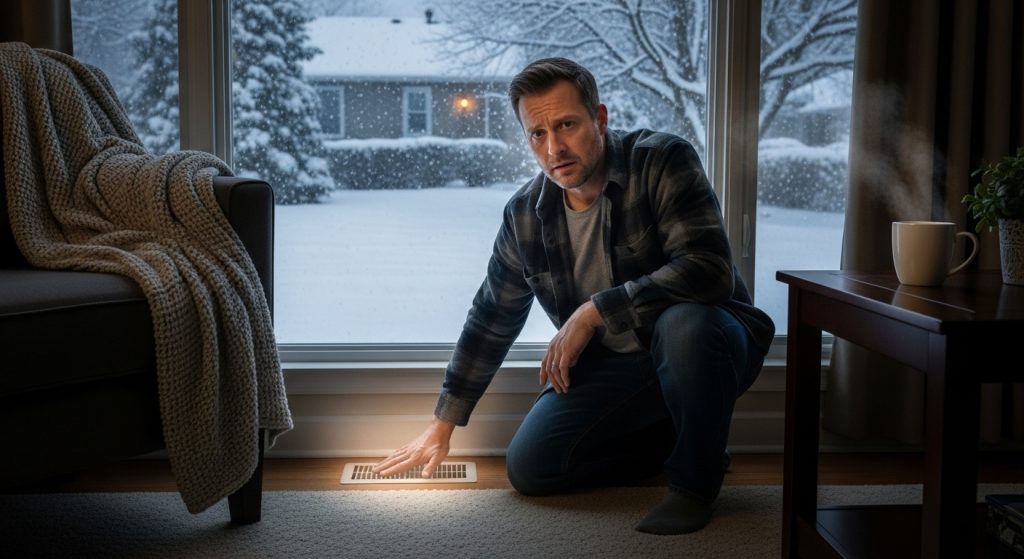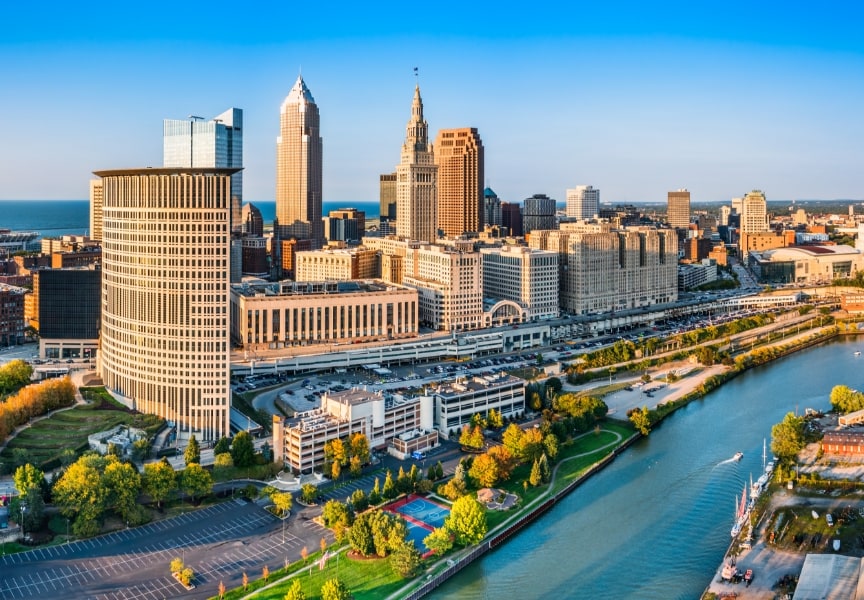Ohio winters can be brutally cold, and that’s exactly when you need your HVAC system performing at its best. Unfortunately, freezing temperatures and constant use often expose weaknesses in your heating system. Here are the seven most common winter HVAC problems Ohio homeowners face—and how to fix them fast before the chill sets in too deep.

1. Frozen Coils
When outdoor temperatures drop below freezing, your heat pump or AC coils can accumulate ice, especially if airflow is restricted or refrigerant levels are low. Frozen coils prevent your system from absorbing heat efficiently, forcing it to work overtime—or stop altogether.
Schedule a professional HVAC technician to inspect for low refrigerant, faulty sensors, or malfunctioning defrost cycles.
2. Uneven Heating Throughout the Home
Cold spots in some rooms and overly warm areas in others often signal ductwork issues, poor insulation, or a struggling furnace.
A licensed HVAC pro can balance your system, seal leaky ducts, and recommend upgrades like zoning controls or variable-speed blowers.
3. Furnace Not Blowing Warm Air
If your furnace runs but doesn’t heat properly, you could have issues ranging from a dirty air filter to a failing ignitor or blower motor. Start by changing out the air filter.
If the problem persists, it’s likely an electrical or gas component failure—repairs that require expert handling for safety and reliability.
4. Frequent Cycling or Constant Running
Short cycling (turning on and off too quickly) often stems from dirty filters, faulty thermostats, or oversized units. Constant running can mean your system can’t reach the desired temperature due to poor efficiency or leaks.
Have a professional test your system’s airflow, thermostat calibration, and sizing to prevent wasted energy and premature wear.
5. Strange Noises or Odors
Banging, grinding, or squealing sounds indicate loose parts or motor issues. Musty or burning smells can signal mold, overheating, or electrical hazards.
Call a professional immediately. Ignoring these signs can lead to costly breakdowns or safety risks.
6. Thermostat Malfunctions
Sometimes the issue isn’t the furnace—it’s the thermostat. Dead batteries, incorrect settings, or miscalibration can cause erratic temperatures.
Replace batteries and ensure your thermostat is away from heat sources or drafts. If it still misreads, an HVAC tech can recalibrate or replace it.
7. Pilot Light or Ignition Problems
Older furnaces rely on pilot lights that can blow out; newer models use electronic ignition systems that can fail. Both stop your furnace from producing heat.
Relight the pilot only if you’re comfortable doing so and follow manufacturer instructions. Otherwise, call a licensed technician—especially if you suspect gas line or valve issues.
Why Professional Repairs Are the Smart Choice
DIY fixes can solve minor issues, but winter HVAC problems often involve complex systems where safety and precision matter. Certified technicians have the tools to diagnose root causes, ensure efficiency, and prevent future breakdowns. Regular maintenance and professional service not only keep your home warm but also protect your warranty and lower energy costs all season long.
Schedule heating repairs with Tom Schaefer Plumbing, Heating & Cooling. Trusted Name Reliable Service.










